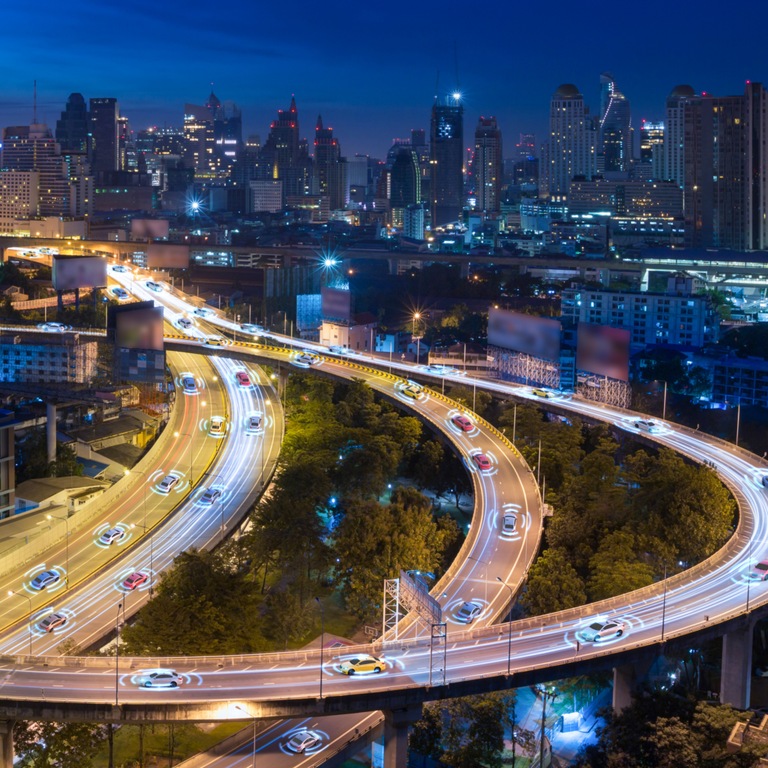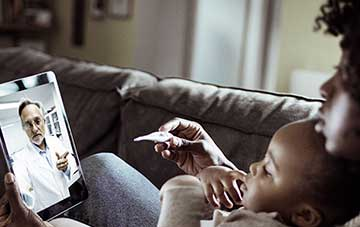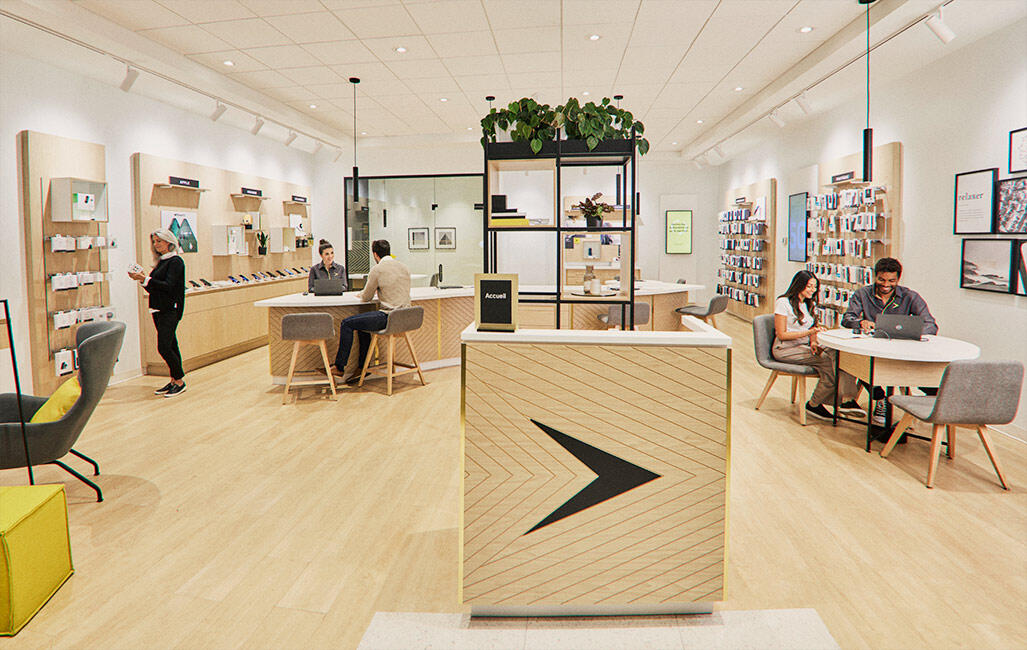
The IoT offers various business opportunities that can significantly improve the transportation industry. If you work in this sector and would like to enhance your activities, take note of the examples below.
Connected school transport
The shortage of school bus drivers obviously makes it more difficult to follow the planned itineraries. However, with technology, it is possible to optimize transportation between home and school.
When it comes to school transportation, the combination of the cloud-based management system developed by mPhase and of our IoT connection management platform provides an overview of bus itineraries and students’ entries and exits, and the ability to follow their movements. Parents and support staff can therefore track the children’s location during transport in real time. This helps reinforce children’s safety, and everyone gets peace of mind. Welcome to the era of connected transportation!
Telemetry and optimization of itineraries
In the areas of merchandise transportation and package deliveries, businesses are improving their logistics by having a connected vehicle fleet at their disposal. By integrating the IoT to your operations, you can plan the best itineraries for each driver and easily adapt to unforeseen situations that sometimes occur on the road. Your customers, for their part, can easily track their orders, since they have access to the following information:
- Location of vehicles
- Road maps
- Mileage
- Engine hours
- Fuel consumption
- Speed measurement and alert messages
Tracking of drivers and digitization of tasks
Given the growing operating costs, a restrictive regulatory framework, and strong competition, delivery vehicle fleet managers need to optimize the time their drivers spend on the road. IoT solutions offer several possibilities:
- Electronic logbook
- Inspections and security rounds
- Road behaviour
- Recording of tasks and inputs and outputs (purchases, invoices, etc.)
Warehouse safety
Whatever the number of warehouses your business has in North America, it is very important that it be protected against accidents that could injure employees and/or lead to material losses. You can secure lift trucks thanks to a new technology that detects impacts and logs events leading up to minor or major impacts. Discover an example of Smartlift technology.
Public services
On an operational level, municipalities and governments can make spectacular gains when they opt for connected transport. For example, think automated management of snow removal and road maintenance vehicle itineraries, as well as optimized use of spreaders thanks to specialized sensors.
Fire and police services can also call on connected transport. Firetrucks get access to important information about emergency situations in real time. Body cams with an LTE or 5G SIM card can transmit videos directly to squad cars, providing more safety for police officers.
Taxi services
In modern taxis, mobile payment terminals are an absolute must. To ensure the security of transactions, the connection needs to be ultra-reliable at all times. Terminals and tablets found in taxi cars are equipped with a SIM card to ensure their connectivity. Moreover, a Wi-Fi connection and entertainment and advertising interface on board can enhance the experience for passengers and increase revenues for taxi drivers and businesses. There is significant potential for growth for this evolving sector in the Canadian market. It is possible to transform the taxi industry with technological innovations. The outlook is promising.
How can you benefit?
Deploying new technology in a business involves a systemic approach, given the necessary investments involved. The analysis of your business needs should be at the forefront of the operation. Call on a trusted telecommunications service provider and take the time to discuss with your dedicated representative, as they have the expertise you need.
Pay particular attention to your staff. Your employees can now focus on more important tasks, bringing more value to your organization. You save time and money—two resources you can apply elsewhere. However, it is possible that some of your teams be more resistant to change.
Your new ways of doing things, such as the combined use of sensors and data, depend on your employees’ expertise. They need to carefully analyze this information before making decisions. To show the link between their expertise and the deployment of IoT solutions, plan training sessions or set up a communication plan to that effect.
The future of intelligent transportation systems
Connected vehicles can interact with existing infrastructures, such as traffic lights, for example. We can easily imagine that more and more devices will one day provide drivers with a safer driving experience.
It would be great if your company’s vehicles could automatically send a signal when drivers have no other choice but to drive over a pothole. The regulators at different levels of government would have up-to-date information on road conditions. It would no doubt be faster to resolve the situation.
Visit our website to discover all the possibilities offered by IoT solutions.
Updated May 2025 By Videotron Business






